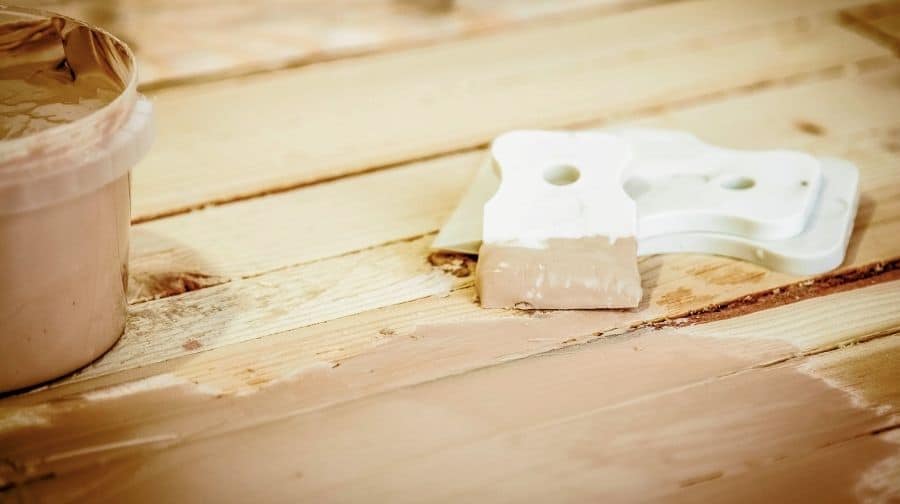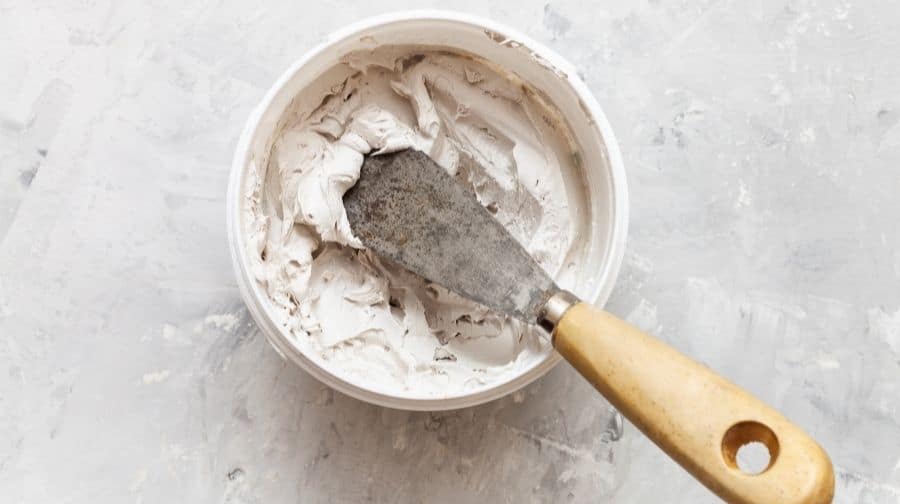
If you’re a woodworker, then you know the importance of using wood putty to fill in any gaps or cracks in your projects. But have you ever wondered if wood putty shrinks? In this blog post, we’ll answer that question and give you some tips on how to choose the right wood putty for your project.
Does Wood Putty Shrink?
Wood putty doesn’t permanently shrink like wood filler can. Because wood putty remains pliable and doesn’t fully harden the change in weather conditions won’t cause it to shrink or crack. Wood filler dries firm and hard and can shrink and crack when wood expands and contracts with the change in humidity and seasons.
Wood putty is a better choice to use on wood surfaces that will experience a lot of movement. It can be used both indoors and outdoors. Wood filler should only be used indoors.
If you have any cracks or gaps in your finished woodwork that need to be filled, wood putty is the best product to use.
Does Wood Putty Expand And Contract?
Yes, wood putty can expand and contract. It is made in order to remain pliable after application so that it can evolve with your project’s wood as it expands and contracts depending on the climate it is in. This will happen throughout the seasons on your outdoor projects.
How Long Does Wood Putty Last?
You might be surprised to learn that wood putty actually has a pretty long shelf life. In fact, if you store it properly, it can last for years. The key is to keep it in a cool, dry place.
So if you’ve been holding onto that wood putty for a while, don’t worry – it should still be good to use. And if you’re not sure how old it is, just give it a sniff – if it smells bad, it’s probably time to toss it out.
But even if your wood putty is still good, you might be wondering whether it will shrink over time. After all, many other types of products, like caulk, can shrink and become less effective over time.
How To Choose The Right Wood Putty For Your Project
Here are a few things to consider when choosing the right wood putty for your project:
– The type of wood you’re working with
– The finish you want to achieve
– The level of durability you need
The type of wood you’re working with is the most important factor in choosing the right wood putty. There are different formulations for different types of wood, so it’s important to choose one that is compatible with the wood you’re using. For example, if you’re working with softwoods, you’ll need a different type of wood putty than if you’re working with hardwoods.
The finish you want to achieve is also an important consideration. If you want a smooth, glossy finish, you’ll need to choose a wood putty that dries hard and glossy. If you want a more natural finish, you’ll need to choose a wood putty that dries hard but with a matte finish.
The level of durability you need will also affect your choice of wood putty. If you need a durable finish that will withstand heavy use, you’ll need to choose a wood putty that dries hard and is highly resistant to wear and tear. If you don’t need a durable finish, you can choose a wood putty that dries hard but is more susceptible to damage.
Keep these factors in mind when choosing the right wood putty for your project, and you’ll be sure to find the perfect putty for your needs.
Subscribe to This Old House on YouTube
What Factors Can Cause Wood Putty To Shrink
Humidity levels with cause your wood project to expand and contract. The higher the humidity the wood with absorb more moisture in the air and expand and lower dryer humidity levels will dry out your wood and cause your project to contract a little.
Although technically your wood putty with shrink when the wood contracts in size it is manufactured to remain pliable after application so that it can evolve with your projects moisture cycles as the weather changes.
Tips For Preventing Wood Putty From Shrinking In The First Place
You can prevent your project and wood putty from expanding and contracting by keeping it in a climate controlled environment. Wood putty is versatile enough to be used for indoor and outdoor projects because it remains flexible after applying to your project.




